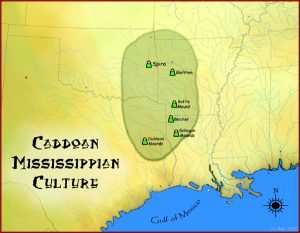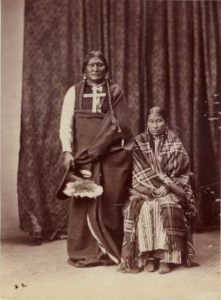Choctaw Indian Research
Choctaw (possibly a corruption of the Spanish chcdu, ‘flat’ or ‘flattened,’ alluding to the custom of these Indians of flattening the head). An important tribe of the Muskhogean stock, formerly occupying middle and south Mississippi, their territory extending, in their most flourishing days, for some distance east of Tombigbee River, probably as far as Dallas County, Ga. Ethnically they belong to the Choctaw branch of the Muskhogean family, which included the Choctaw, Chickasaw, Hunt and their allies, and some small tribes which formerly lived along Yazoo River. Archives, Libraries and Genealogy Societies Societies Oklahoma Historical Society Indian Archives Search the … Read more


